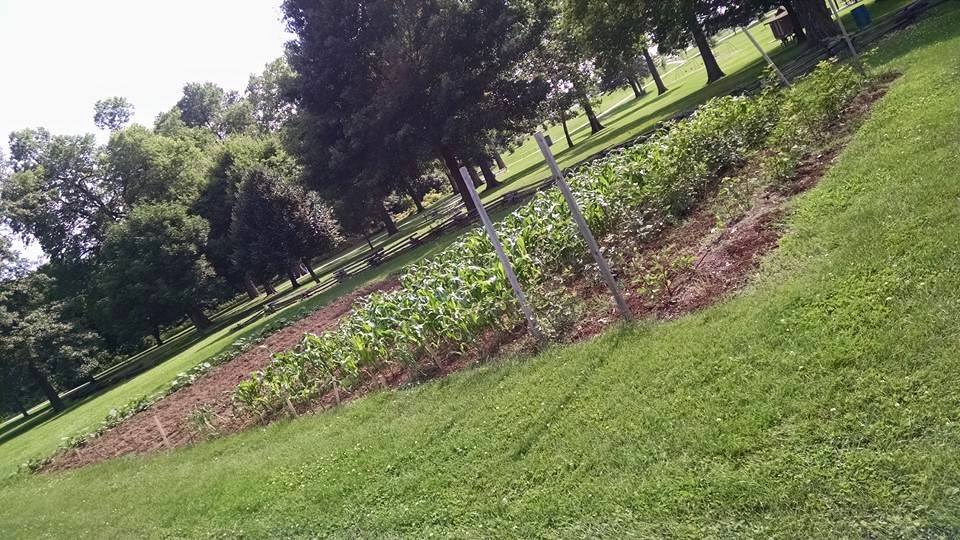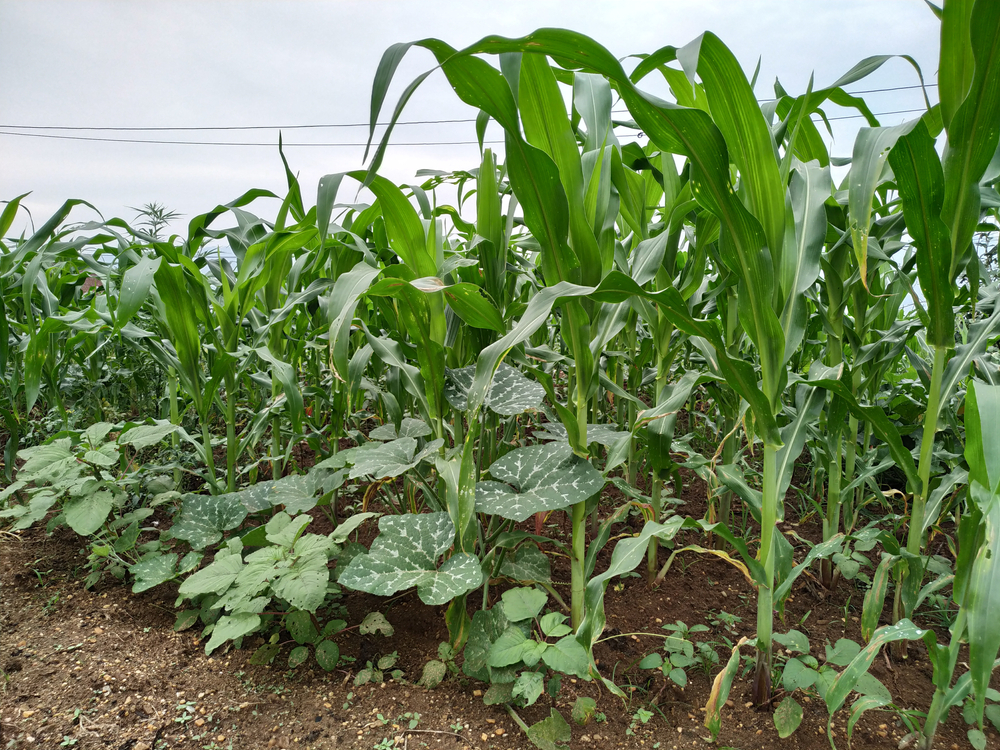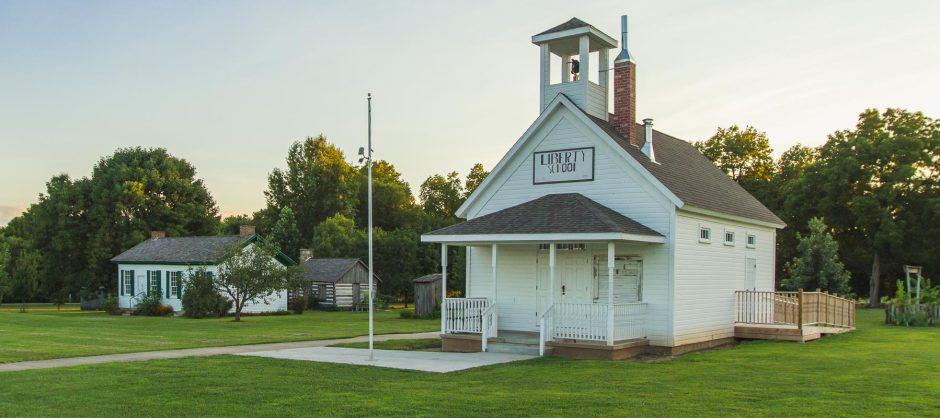Missouri farms in the 1860s would have raised various crops for family use and sale. These crops would include large amounts of grains, such as grains to grind for flour, corn for animals, and beans to dry in large amounts. Along with their crops Ozark farmsteads would plant Kitchen Gardens.
A typical “Kitchen Garden” was so named because it was located close to the kitchen and easily accessible to work in and gather produce for meals. Usually, it would have corn, beans squash, beets, cabbage, potatoes, opinions, and cooking herbs.

Certainly, some of what was grown would have been eaten fresh, however, much of it was grown and processed to help feed the family during the cold seasons.
Food preservation during a time well before electricity, or even “canning” was necessary for people to learn and practice effectively and safely to sustain them during the hard winters. Out on the prairie, far from any type of general store, it was most important to find ways to preserve food. Food that was harvested in the summer and fall had to last throughout the harsh winters. The main types of preserving food were: drying, canning, pickling, smoking, and burying.
Keeping in mind that many foods that we plant and enjoy today would have been found in abundance in nature, and would not generally have been found in a pioneer garden, but rather gathered in the wild.
Some of the planting techniques were learned from the Native Americans in the area. One such method referred to as, The Three Sisters, was first planted by the Iroquois and Cherokee. So-called, because, like family, they nurture one another. This technique was used with corn, beans, and squash. The corn provides structure for the beans to climb, the beans release nitrogen to fertilize the soil for the other two plants, and the squash provides large leaves that shade the soil, prevent weeds, retain moisture, and protect the plants from predators.





